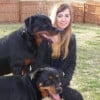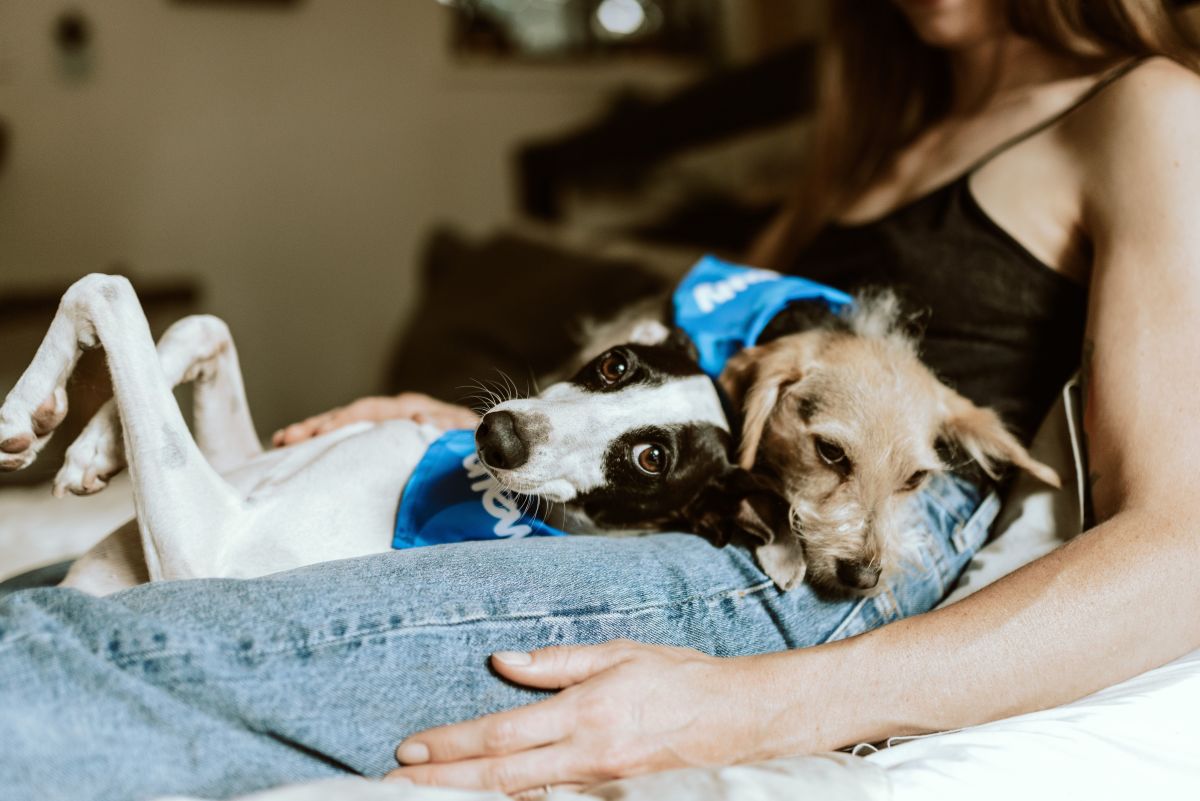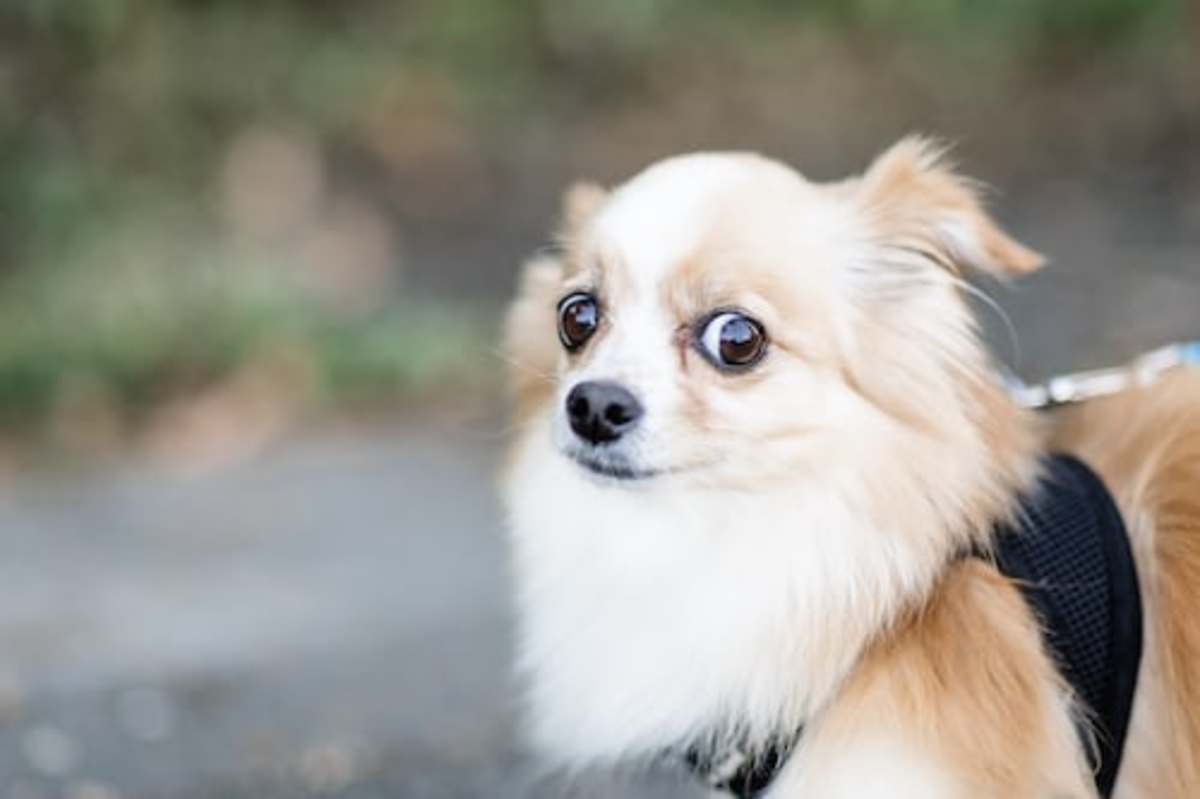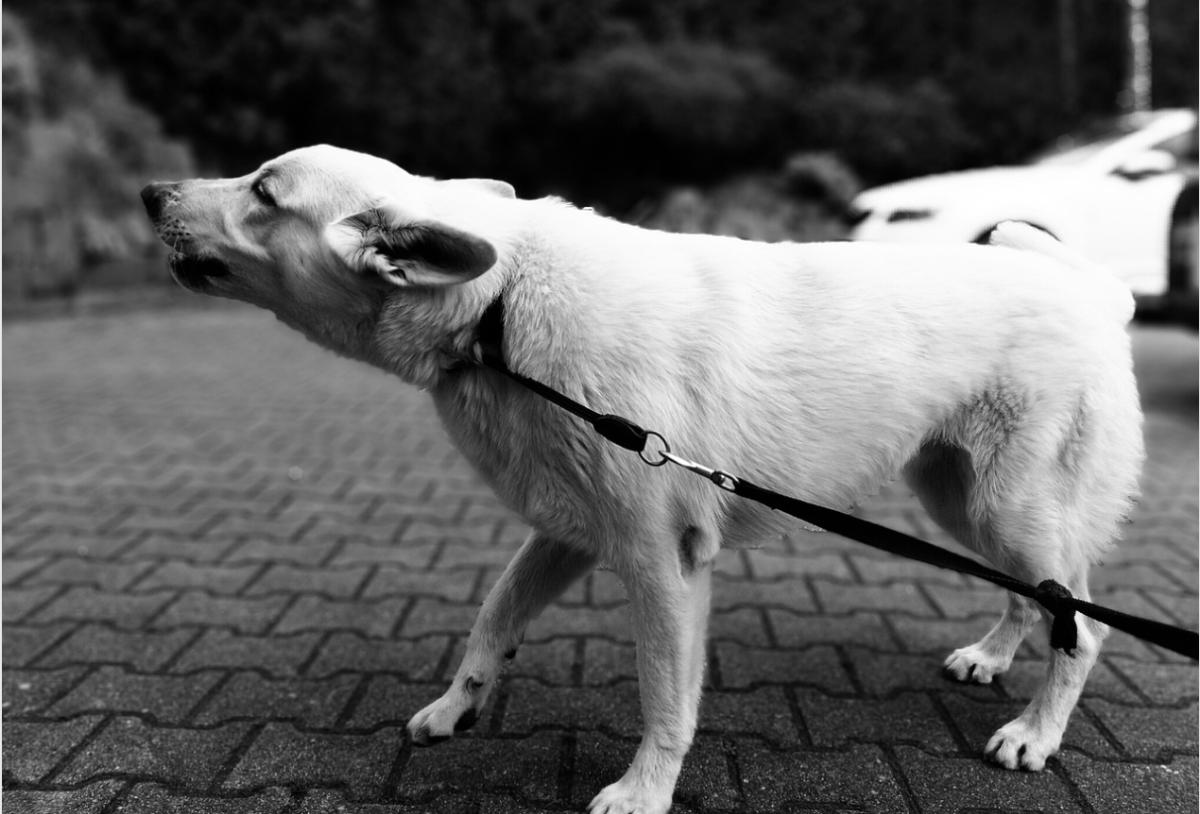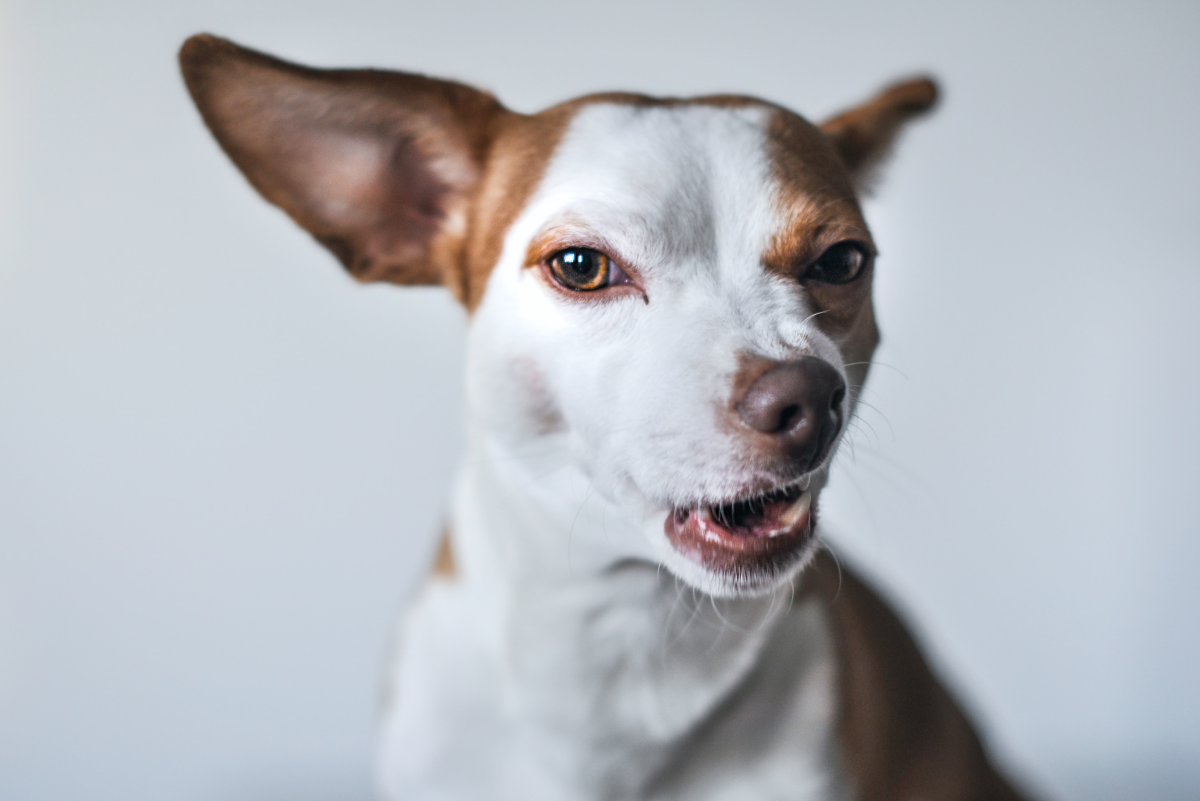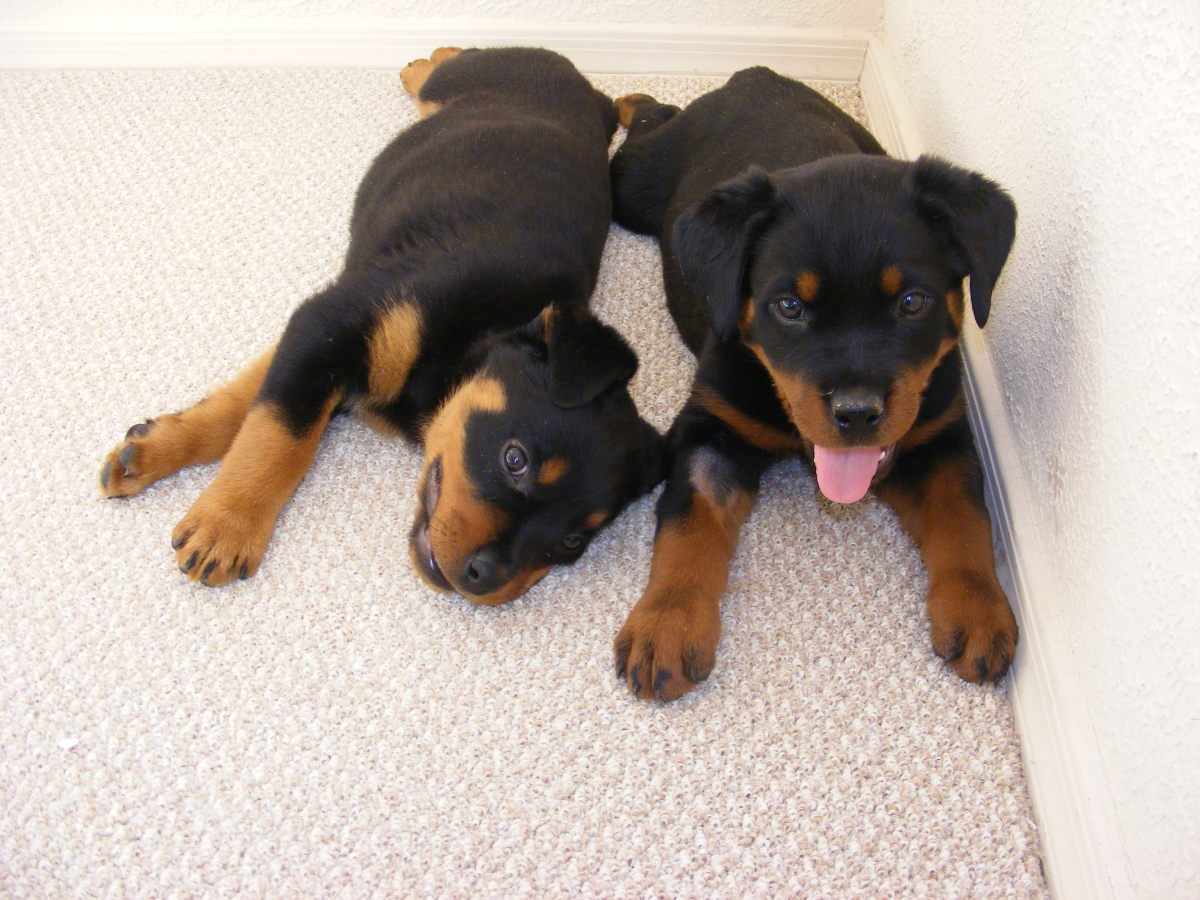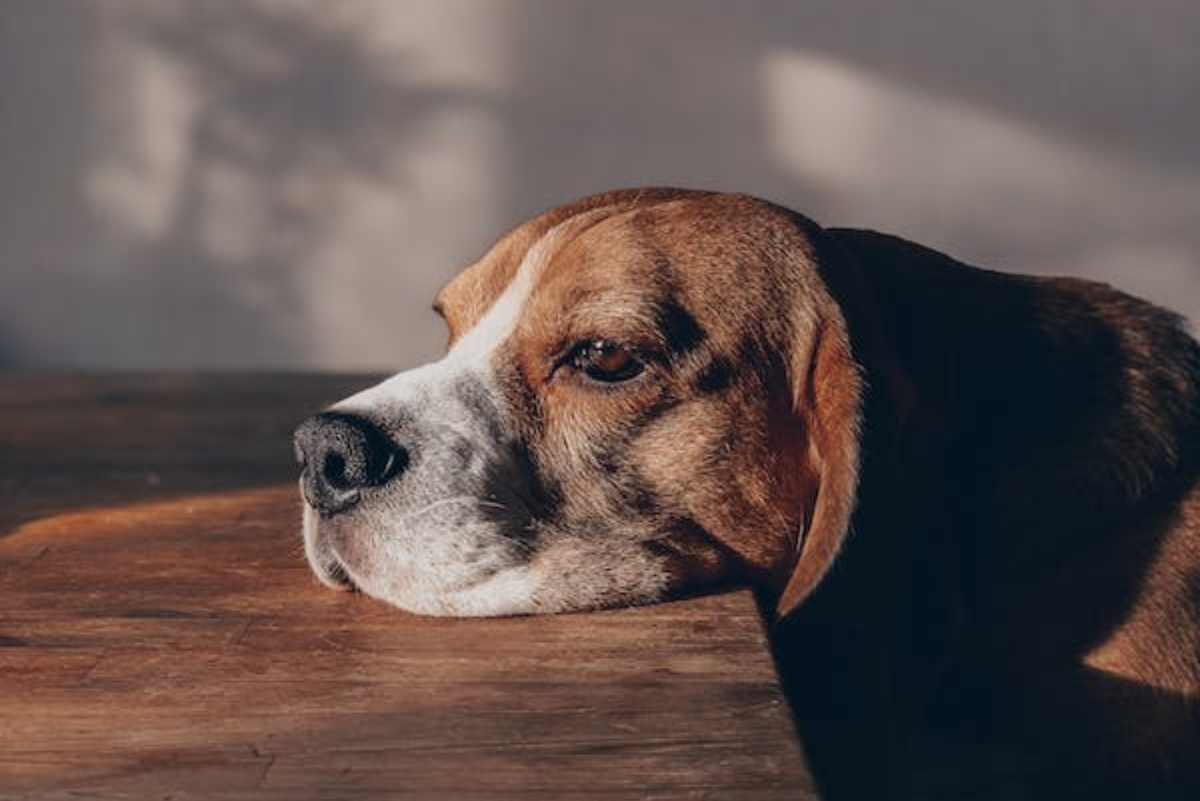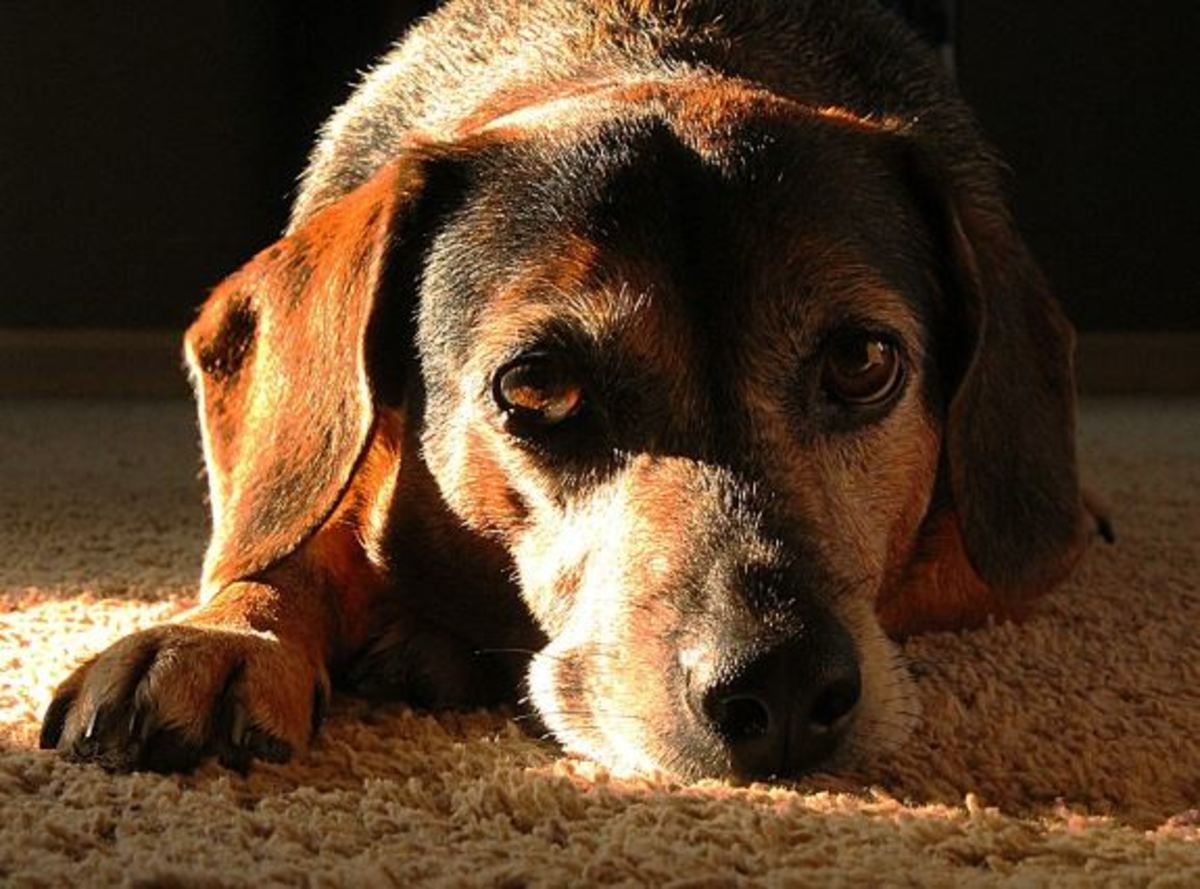Dog Behavior: How to Get a Dog Used to the Groomer
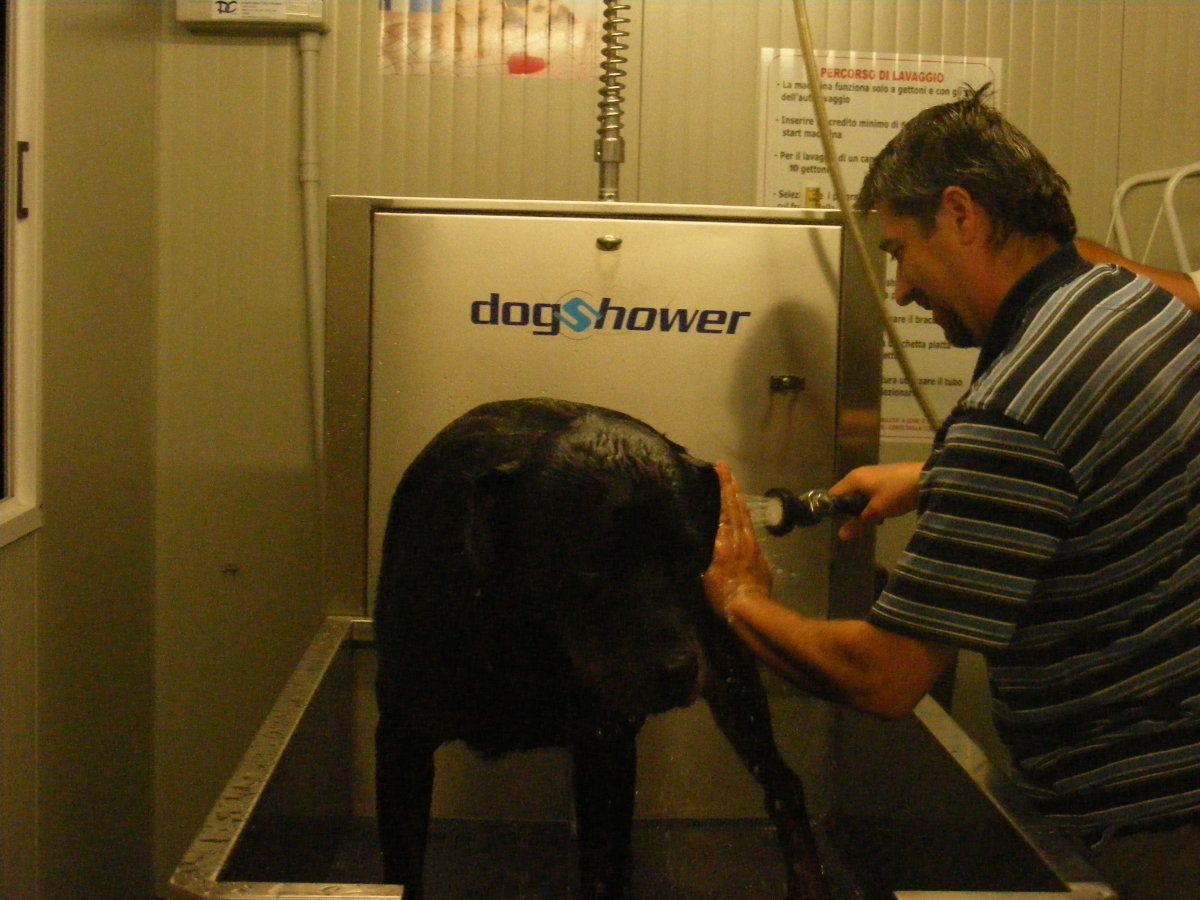
Why is My Dog Afraid of the Groomer?
Being afraid of the groomer may appear like an unfounded fear when we look at it from a human standpoint. Often, as humans, we have a tendency to heavily rely on anthropomorphism; that is, we tend to attribute human thoughts to animals. It may, therefore, not make much sense to be afraid. Yet, from a dog's perspective there are many reasons to be afraid. First of all, the dog is taken to a place it is not familiar with; there are different sights, smells and noises.
Often, dogs are socialized a lot as puppies, but not many dog owners invest time in getting their dogs used to being groomed and having pleasant visits by the groomer. This should ideally start from an early age, preferably before the puppy is 16 weeks old when the window of opportunity for socialization ends. When this window closes, puppies are still capable of learning, but they are not able to retain as much as during this phase. Once, the puppy grows into an adult, if sufficient socialization failed to happen, all that is left to do is to remedy through desensitization.
But what is really so scary about the groomer? Besides being in a place the dog does not feel comfortable, the dog may dislike having its paws handled and being touched all over by a stranger. The dog may also feel 'trapped' since he is often tied up, place in a tub of water or cornered in a room. When dogs are fearful, stressed and uncomfortable, they may get defensively aggressive. In other words, they start feeling threatened and may react. If the threatening display gets the groomer to stop doing what he was doing, from the dog's perspective it has "worked" and therefore, he will continue to use this strategy.
Problem is, this form of aggression tends to get worse and nothing seems to work. If one groomer backs off when the dog is aggressive, the dog will generalize and use this strategy with any groomer he feels uncomfortable with. If you find a groomer who is not afraid of his aggressive display, your dog may feel compelled to bite because the aggressive display did not "work" as before, so he may feel like going to his next line of defense which is escalating his aggressive display..It is almost as if he was saying " what part you do not understand about me not liking my ears touched?"
With time, you end up with a dog that will try to bite and more and more groomers will refuse to groom him. What to do in such a case? At the vet hospital I worked for, we used to accept clients who owned these fractious dogs no groomers would take. We asked the dogs to be muzzled and then these dogs were sedated. They were then bathed, groomed, shaved and got nail trims done. Some dogs were so badly matted they had developed a skin infection and some even had nails embedded in their paws! Yet, this does not go to the root of the problem, it just covers it!
Yet, not all owners like to take such drastic measures. Is there really no hope for dogs as such? A good way to determine a course of action would be to determine exactly what part of grooming the dog does not appreciate. Questions to ask are:
- Does my dog dislike being touched by strangers?
- Does my dog dislike being bathed?
- Does my dog dislike nail trims?
- Does my dog dislike being shaved?
- Is the groomer rough?
- Is the groomer patient?
- What does the groomer do with difficult dogs?
- Was the dog always this way?
Once you have found the main issue that is problematic, you must work on it at home before your dog's next grooming session. in the next paragraph, we will take a look at how to accomplish this.
Groom your dog at home!
How to Deal with a Dog Afraid of the Groomer
The secret, in this case, is changing the dog's emotional response about the stimuli the dog perceives as fearful. This is done best though desensitization and counter conditioning. To better understand behavior modification read my hub on Dog Behavior Modification Techniques and Terms.
While it may be tempting to punish the dog for growling, this is something that is quite counter-productive. Because you are suppressing an outward manifestation of fear, the underlying emotional state will not change. You will, therefore, have a dog that does not growl but still feels very fearful and defensive. This may ultimately lead to a dog that bites without warning; a very dangerous situation indeed!
When you use desensitization, you are basically training your dog to accept something gradually and systematically. This is something best done with the help of a dog trainer well-versed on dog behavior or a dog behavior specialist (veterinary behaviorist or CAAB). To do this, you will need to be skillful in recognizing at which point your dog is getting stressed. You want to work well under this point.
Therefore, in the case of fear of nail trims, you would systematically touch a paw each day, then you would lift the paw, then your would introduce the clipper, then you would clip one nail, then another nail, etc. until your dog gets used to the sensation.
The effects of desensitization are amplified when you add counterconditioning which goes at the root of the problem by changing the dog's emotional state. Basically, instead of cringing at the thought of nail trims your dog will look forward to them! This takes some time to accomplish, but is worth every minute as it has a lasting effect and just needs some polishing to maintain it.
The secret is to associate the procedure with something the dog finds rewarding. If you touch the paw and then play a game right after, your dog will look forward to have his paws touched. If you feed a high-value treat after handling the ears, your dog may want its ears to be handled more. If you hated spiders, would you be more accepting of them if every time you touched one you got a $100 bill? If you hated the dentist, wouldn't you look forward to a visit if you went on a cruise right after the appointment? Same goes with dogs. These positive associations however do not happen overnight but with repeated settings.
*Note; Make sure to make it clear that the tasty treats come out exclusively during the grooming session and not during other times of the day. This helps make the sessions stick out and salient.
Is your dog afraid of water? Look how I help my clients deal with the problem by reading: how to help a dog afraid of water. Is your dog afraid of nail trims? Read: how to safely trim your dog's nails and make the process pleasant. These same principles can be applied to just about any scenario.
Once you have been able to change your dog's emotional response, you need to help him generalize what he learned to the groomer's place and with the groomer. Fact: dogs are not the best in generalizing behaviors so this may take a bit of effort.
To do this, it helps to have a person come to your home and pretend to be a groomer.Have the volunteer " groomer'' mimic the grooming while you feed your dog tasty treats. Then have the "pretend "groomer take over and hand feed those treats. Repeat, repeat, repeat with different people, different places in the home. If you are concerned about your dog biting someone use a muzzle. Wire muzzles offer the advantage of having space to slip through tasty treats.
Then, as your dog gets good at this, try at a groomer's place. Be there with your dog and feed your dog treats as the groomer grooms. Then, instruct the groomer on what to do and have her take over. If there is a groomer you trust and feel your dog responds best to, stick to that groomer. Some dogs may prefer females to males and some groomers may have more patience and experience dealing with difficult dogs. Choose your groomer wisely! There are countless stories of dogs turning aggressive only to turn out the groomer was mistreating the dog or causing pain. Find a reputable groomer and stick with him/her. He or she should be willing to lend a hand. If your dog is too aggressive and for liability reasons your groomer does not feel safe, consult with a dog behavior specialist or try to groom your dog yourself at home if this is feasible and a much safer option.
*Note: if your dog was always well mannered at the groomer and is not typically fearful/aggressive, consider also a medical problem. A dog with otitis may be grumpy when his ears are touched just as a dog with leg pain may not like to be lifted!
Alexadry © All rights reserved. Do not copy.
Disclaimer: if your dog is suffering from fear aggression consult with a dog behavior specialist. Don't try behavior modification on your own and don't put the safety of others at stake! By reading this article, you accept this disclaimer.
Dr. Sophia Yin's Guide on Getting a Dog to Love Nail Trims
Does your dog enjoy grooming?
For further reading
- How to Bathe a Big Dog Afraid of Water
Is your dog scared of water? Wondering how to give your big dog a bath? Make it fun by using this step-by-step guide and tips! - How to Clip a Dog's Nails Safely
Dog nail trims If nail trims are much dreaded from your canine companion's standpoint, you need to find a way to trim those nails and make the process safe. This is easier said than done. There are many dogs who fear nail trims and their lack of... - Pedipaws for Dogs Review
When it comes to trimming dog nails, many dog owners are intimidated up to a point of bringing their dogs to their veterinarian or dog groomer just to avoid this annoying procedure. Most owners seem to be concerned about hurting their dog or not...
